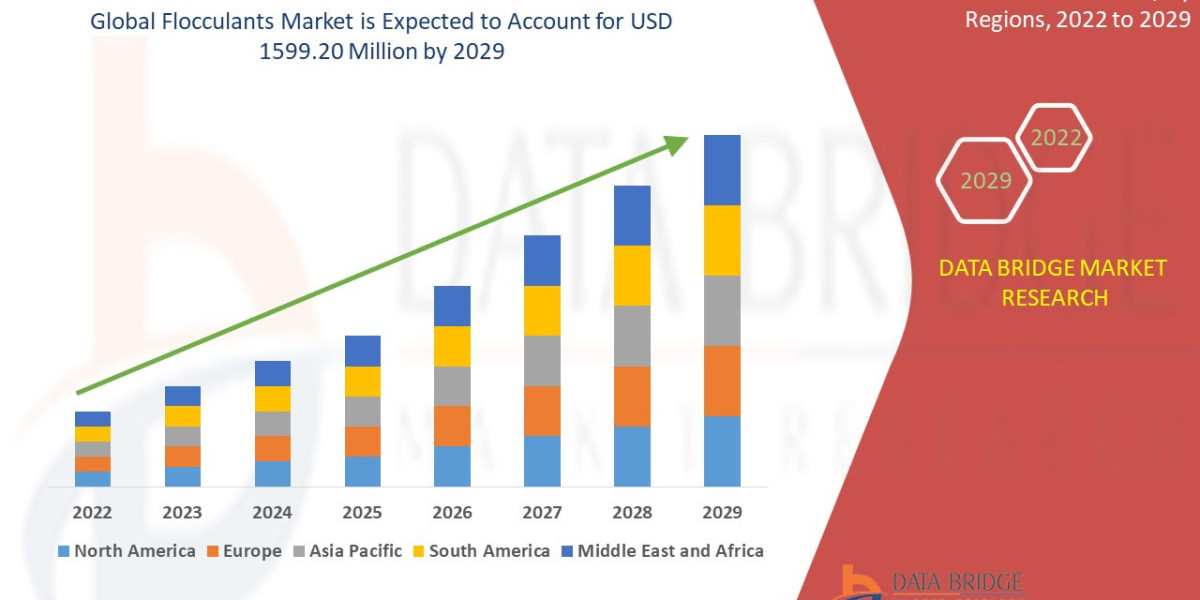Introduction
Embroidery, once seen as a slow, handcrafted art, is experiencing a tech-driven evolution. At the heart of this transformation lies the embroidery digitizer — a software or tool that converts designs into stitch data. But with the integration of Artificial Intelligence (AI), embroidery digitizing is entering a new era of automation, precision, and creativity. In this article, we explore how AI-powered embroidery digitizers are reshaping the future of stitching in ways never imagined.
What Is an AI-Based Embroidery Digitizer?
An AI embroidery digitizer is a next-gen software solution that uses machine learning algorithms to:
Recognize design patterns,
Automatically assign stitch types,
Optimize pathing,
And detect fabric behavior in real time.
These tools require minimal human intervention and offer rapid digitization with impeccable accuracy.
Traditional Digitizing vs AI-Powered Digitizing
| Feature | Traditional Digitizer | AI-Powered Digitizer |
|---|---|---|
| Manual Stitch Assignment | Yes | No |
| Learning Curve | High | Low |
| Time Efficiency | Moderate | Very High |
| Creative Suggestions | None | Yes (AI-generated variations) |
| Fabric-Based Adjustments | Manual | Automatic |
AI-powered tools significantly reduce the time spent on revisions and trial runs, freeing up time for designers to focus on creativity.
Benefits of Using AI in Embroidery Digitizing
1. Speed Without Compromising Quality
AI embroidery digitizers reduce digitizing time by more than 60% in many cases. Designers can now go from concept to stitch-ready file in minutes.
2. Error Reduction
AI tools auto-detect and correct common mistakes like thread breaks, loose stitches, or non-sequenced color blocks.
3. Creative Enhancements
Some tools even generate stitch-style suggestions or color transitions based on the image’s mood or theme.
4. Scalability
Whether it's 1 patch or 10,000 — AI-based systems handle bulk orders without loss of quality.
5. Adaptability to Fabric Types
The AI analyzes uploaded design + selected fabric and recommends the best stabilization method and stitch density.
Real-World Applications
Fashion Houses use AI embroidery digitizers for rapid prototyping.
Corporate Branding benefits from bulk logo digitizing in less time.
Crafters & Hobbyists can produce highly detailed work without learning complex software.
AI Tools Dominating the Embroidery World
Here are some futuristic tools & software platforms leveraging AI in embroidery:
Hatch AI Auto-Digitizer
Wilcom’s Neural Auto-Stitching Module
Embrilliance’s SmartFill Engine
Adobe AI Stitch Plugin (experimental)
These tools are not only fast but also capable of intuitive adjustments based on past user patterns.
The Role of an Embroidery Digitizer in the AI Era
Although AI is powerful, the human embroidery digitizer still plays a vital role in:
Quality control
Custom detail adjustments
Artistic direction
Rather than replacing human skill, AI enhances it. Professionals who learn to use AI tools effectively will lead the future of embroidery digitizing.
Tips for Embroidery Digitizers to Leverage AI
Stay Updated – Follow AI embroidery software updates.
Use AI Suggestions – But don’t rely blindly on them.
Train Your Own AI – Some tools allow training models based on your unique design preferences.
Invest in Compatible Hardware – Ensure your embroidery machine syncs with modern digitizing software.
Keep a Creative Edge – Blend tradition with technology to create unique masterpieces.
Challenges to Consider
Cost of Premium AI Tools: Entry-level software might not offer full AI potential.
Learning Curve: While easier, understanding AI settings requires experimentation.
Over-Automation Risk: Blind reliance on AI might sacrifice artistic authenticity.
The Future Outlook: What’s Next?
We predict that embroidery digitizers of the future will:
Use voice-based commands (“Digitize this logo with satin stitch”),
Offer real-time machine previews through AR,
And integrate NFT-based embroidery rights for digital embroidery ownership.
In short, the embroidery digitizer is no longer just a technician — they are evolving into a tech-savvy artist leading the next creative revolution.
Conclusion
The rise of AI-powered embroidery digitizers marks a significant turning point in the world of stitching. It’s no longer just about thread and needle — it’s about data, speed, and smart design. For every embroidery artist, digitizer, or business, embracing this change isn't optional — it's essential.
As we move forward, those who adapt to AI technology will not just survive in this industry; they’ll thrive.







